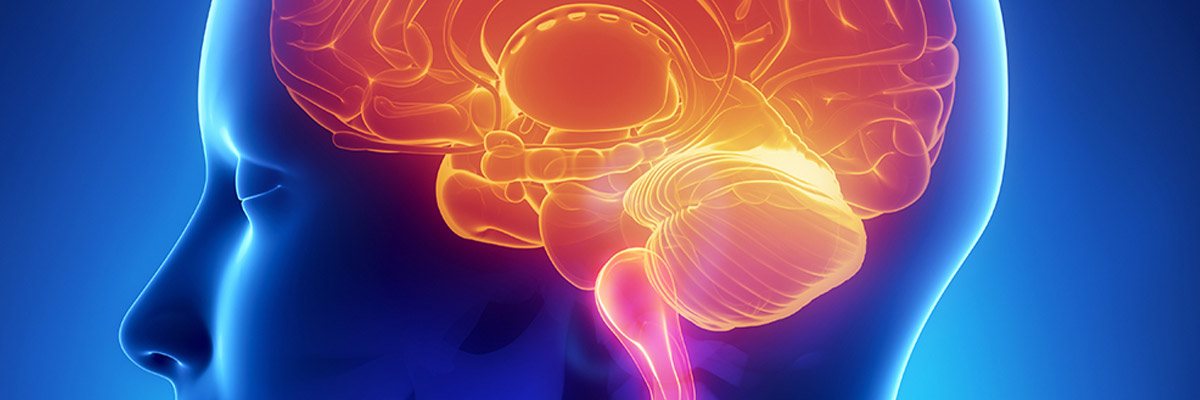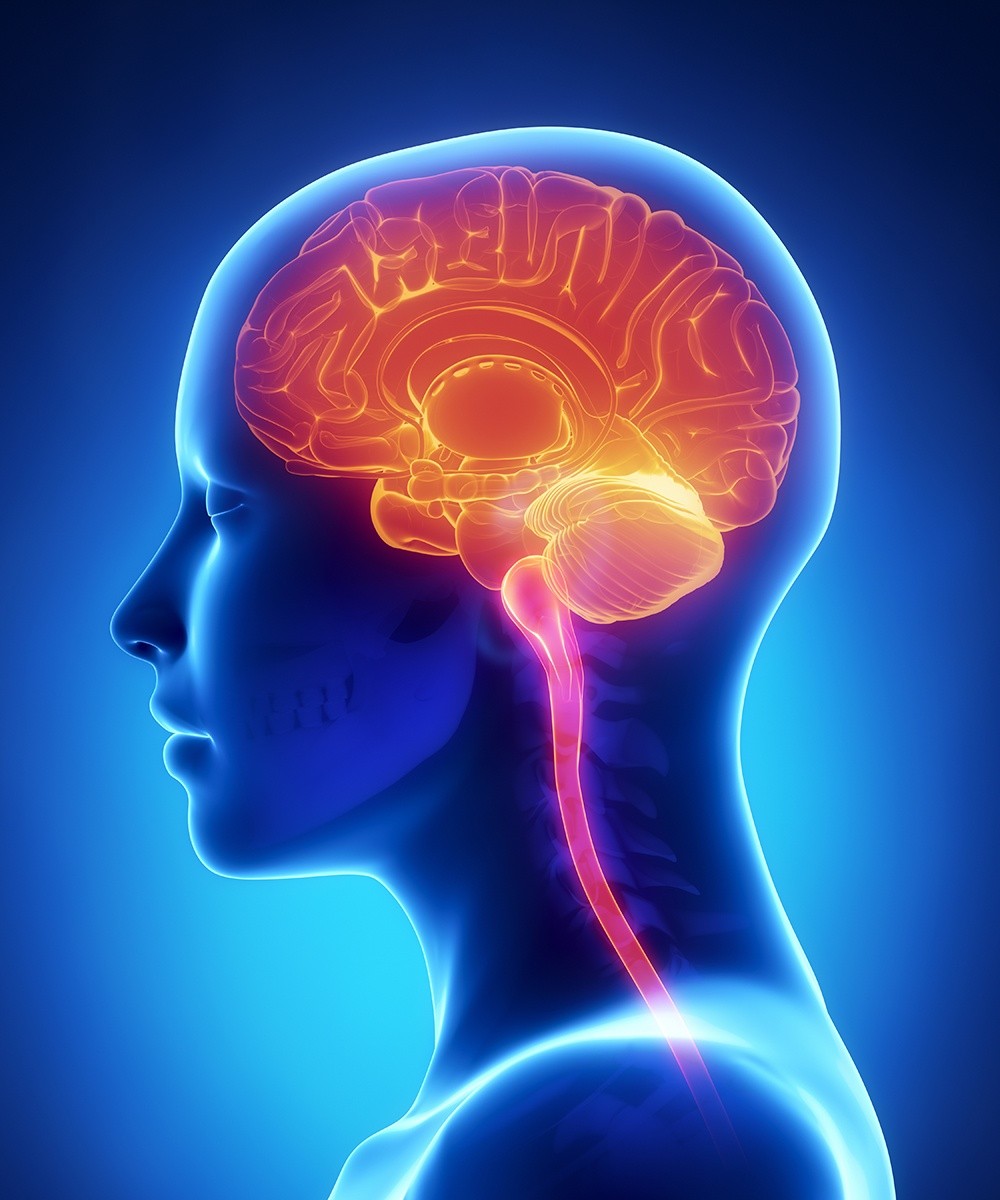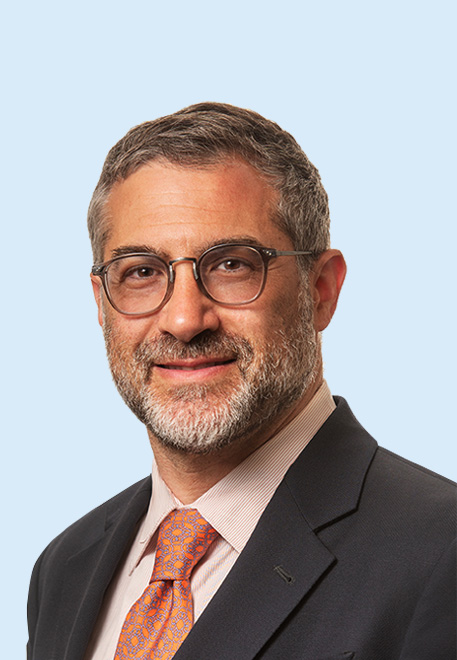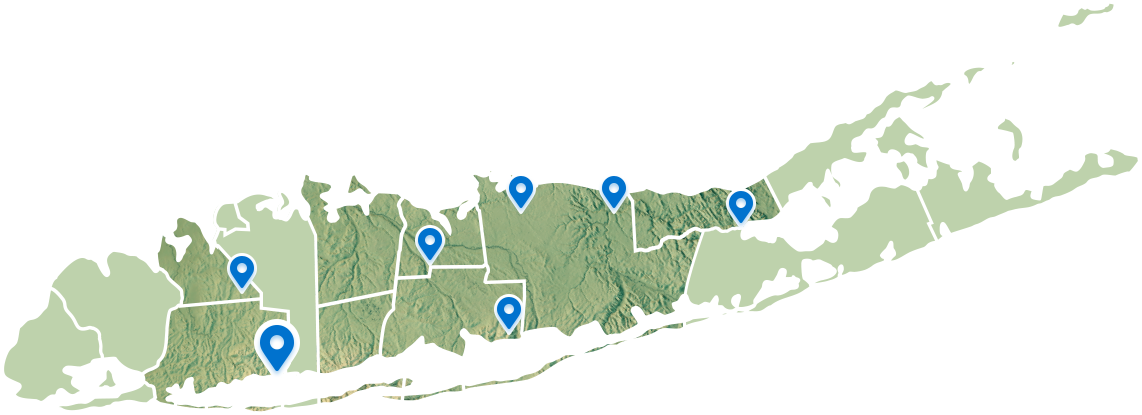- PATIENT FORMS | REQUEST A CONSULTATION | CONTACT US
- 1-844-NSPC-DOC
Moyamoya Disease

What Is Moyamoya?
Take ActionCauses and Symptoms of Moyamoya
Often the cause of Moyamoya is unknown and cannot be determined. Sometimes the cause appears to be genetic and other times a traumatic injury is indicated. Although the pathogenesis (disease’s development) of the Moyamoya syndrome is sometimes an underlying disorder as mentioned above.
Many symptoms of Moyamoya in children and adolescents are similar to those in adults:
- Repeated transient ischemic attacks (TIAs or “mini-strokes”) — more common in children and young adults
- Muscle weakness or paralysis (often on just one side)
- Seizures or convulsions
- Severe headaches
- Slurred speech or other communication problems
- Vision issues such as blurred vision
- Dizziness
- Intracranial hemorrhage — more likely to occur in adults

How Is Moyamoya Diagnosed?
Sometimes the “puff of smoke” characteristic of Moyamoya will show up on a CT (computerized tomography) scan or during magnetic resonance imaging (MRI).
However, if Moyamoya is suspected, then several techniques can provide detailed imaging:
- A cerebral angiogram uses a special contrast agent and a fluoroscope (a camera that uses x-ray imaging) to view the blood vessels.
- A computed tomography angiography (CTA) scan provides detailed images of blood vessels and soft tissues within the brain using x-rays. A contrast dye is injected into the bloodstream and non-invasive x-rays are used to provide imaging.
- A single photon emission computed tomography (SPECT) test uses nuclear imaging to see how the blood circulates in the brain.
- Other tests can be used to view blood circulation in the brain such as a PET (positron emission tomography) or a transcranial Doppler ultrasonography (TCD).
What Are the Treatments for Moyamoya at NSPC?
Moyamoya left untreated can develop into successive hemorrhagic events and cause neurological impairment. Medical management of Moyamoya can include anti-clotting drugs and calcium channel blockers, which reduce blood pressure in the hopes of limiting the risk of a stroke. However, these only slow the progression of the symptoms, and surgery is the only long-term solution.
Surgical treatment of Moyamoya involves diverting the blood around the vascular occlusion in the artery. This revascularization can be direct or indirect. NSPC Brain & Spine Surgery (NSPC) (NSPC) employs a multidisciplinary medical team approach to complex cases. With board-certified neurosurgeons who specialize in pediatric neurosurgery and complex neurosurgery, NSPC has experienced doctors who provide world-class treatment in the Long Island and NY tri-state region for serious brain conditions such as Moyamoya.
Cerebral bypass surgery reestablishes blood flow to the brain, similar to a coronary bypass for the heart.
Direct revascularization:
STA-MCA Bypass is considered a direct extracranial–intracranial bypass (EC-IC bypass). During this procedure, one end of the superficial temporal artery (STA, also called the donor artery) is detached from the scalp and is reattached to the middle cerebral artery (MCA), returning blood flow to the ischemic (having insufficient blood) part of the brain. Since the donor artery comes from outside the skull (extracranial) and is attached inside the skull (intracranial), a small hole or craniotomy is made in the skull.
Indirect revascularization procedures:
An EDAS (encephaloduroarteriosynangiosis) procedure, sometimes called pial synangiosis, also detaches the superficial temporal artery from the scalp, similar to an STA-MCA. But instead of attaching the donor blood vessel directly to another artery, it is sutured onto the surface of the brain. This allows new vessels to form in the brain.
EMS (encephalomyosynangiosis) is a microsurgical procedure that takes a small portion of the temporalis muscle from the side of the head and places it on the surface of the brain to increase blood circulation.
Omental Transposition uses part of the omentum (a section of the peritoneum, or membrane lining the abdominal cavity and organs) as a graft onto the surface of the brain to increase blood flow.
A Dural Inversion reverses the flaps of fibrous dural tissue on the meningeal vessel of the skull. The inverted blood vessels give additional oxygenated blood to the surface of the brain.
Our team of leading Long Island physicians specialize in cerebrovascular and endovascular conditions, including brain aneurysms, arteriovenous malformations (AVM) and carotid stenosis such as Moyamoya. As one of the New York City area’s premier neurosurgical groups, NSPC offers patients the most advanced treatments for brain and spine disorders at our centers. Talk with one of our Moyamoya surgery specialists to see what the best treatment option is for you or your child.

Related NSPC Center
Neuroendovascular Center
NSPC provides world-class care for cerebrovascular conditions such as brain aneurysms, cerebral arteriovenous malformations (AVMs), stroke, and carotid stenosis. Our neuroendovascular surgeons are experienced in minimally invasive procedures and traditional surgeries — so you have the best treatment options available.
Connect With Our 7 Convenient Locations
across Long Island, NY
Our expert physicians, surgeons and doctors are ready to serve you at our 7 convenient locations across Long Island, NY. Connect today to learn how our award winning, world class experts can help.
4250 Hempstead Turnpike Suite 4,
Bethpage, NY 11714
(516) 605-2720
COMMACK
353 Veterans Memorial Hwy,
Commack, NY 11725
(631) 864-3900
One Hollow Lane, Suite 212
Lake Success, NY 11042
(516) 442-2250
MANHATTAN
215 E. 77th Street Ground Floor
New York, NY 10075
(646) 809-4719
PORT JEFFERSON STATION
1500-8A Route 112,
Port Jefferson Station, NY 11776
(631) 828-3001
100 Merrick Road, Suite 128W
Rockville Centre, NY 11570
(516) 255-9031
WEST ISLIP
500 Montauk Hwy
West Islip, NY 11795
(631) 983-8400
World
Class
Expertise
For over 50 years & 350,000 patients NSPC has been a trusted global medical leader.
Contact us today for an appointment or consultation.
